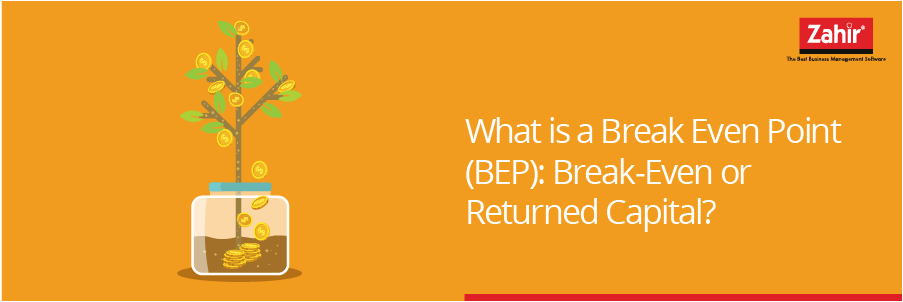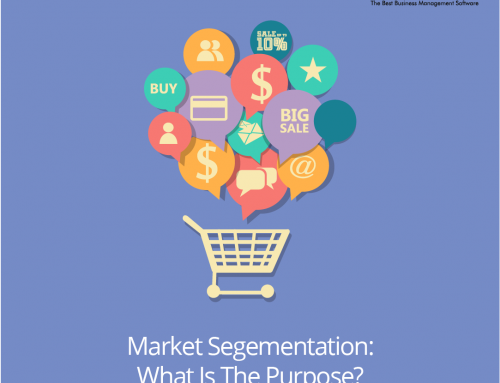Break Even Point (BEP) is the point where the business revenue equals to the spent capital, there is no loss or profit. Break Even Point is a crucial measurement in business. However most entrepreneurs consider BEP as turnover. The break-even and returned capital are different things.
Returned Capital
One of the first steps in opening the business is providing the capital for rent, equipment, or other needs. Returned capital means the profit earned from the business, the spent capital has finally returned. In the financial term it is known as Return On Investment (ROI).
The opposite of ROI, during the business activity, there is expenses spent for business operational, as it is called operational costs. There are two types of operational costs: fixed costs and variable costs. The variable cost is a cost calculation based on the business sales. For example, your business needs to rent a place costs IDR. 400,000 / month. Though there is no sales income, you still have to pay the rent cost. Means, although your business sales decline and less income, there is a cost to pay.
However, when there is a sales process, there are other costs incurred. Such as you have to send your customer’s order or have to change the order items. The costs incurred are variable costs. The more sales, the higher the cost. In this business process, operational cost means fixed cost plus variable cost.
To illustrate the above explanation, following is the Break Even Point (BEP) calculation of noodle restaurant:
Variable costs ( electricity bill, employee’s’ wage, counter rent)IDR. 100,000 / day. You must spend this amount, although there is no customers come to your restaurant. If there is a customer who orders your noodle, the costs of each portion sold IDR 5,000, includes to buy noodles, chicken, spices etc. For example, you sold 10 portions, then the variable cost incurred is IDR. 50,000. The total cost is 150,000. From the portion sold, you earn IDR 10.000. Means, if you sell 10 portions, the cost is IDR 150.000 with sales income IDR. 100.000. This calculation shows that your business has not gained break even point. To gain break even point, the cost should be equal to the income. What’s the break-even point? Here is the calculation formula:Fixed costs (A), operational costs (B), and product selling prices (C), then the formula:A + (B x n) = C x n. From the example above:IDR 100.000, – + (5000 x n) = 10000 x n
100000 = (10000 x n) – (5000 x n)100000 = 5000 x n
N = 100000/5000
Then n = 20.
Your breakeven point if you can sell 20 portions, then you will get IDR. 200,000 and (fixed +variable) cost IDR. 100,000 plus IDR. 100,000 (from Rp 5000 x 20), then the total cost is IDR. 200,000.
This is your break even point where there is no profit or loss. If you manage to sell more than 30 portions, then you get a profit.
Therefore the business owners need to understand Break Even Point (BEP) in order to set a minimum daily or monthly sales target. You can determine the target as your business capability. The most important thing is you have to know how many sales to be achieved to reach break even position. It allows you to set your business profit or loss
Break Even Point is not the same as the Returned Capital
Some opinions that say BEP is a turning point should be clarified. BEP or break even point is the business revenue and should be equal to the spent capital, no loss or profit.
While the meaning of the return of capital is the profit generated from business income, all capital that has been spent (eg for lease , renovation, equipment etc.) can be returned. In financial terms it is called Return on Investment.




